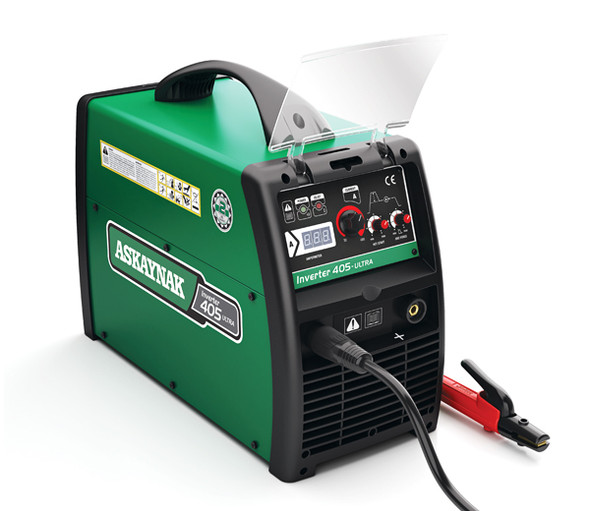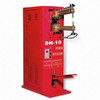Buy Kende Spot Welding machine From GZ industrial Supplies
We have a large stock of stop welding machine in our various warehouses accross Nigeria
Description of Kende Spot welding machines:
1.Single-phase,column spot welders with movable arms and built-in thyristor synchronous control
2.Water cooling or fan cooling
3.Digital time-meter
4.Accessories:tips, wooden case
Various specification of Kende spot weling machine
| Technical Parameter |
DN-10 |
DN-16 |
DN-25 |
| Rated Supply voltage |
V |
230/400 |
230/400 |
230/400 |
| Supply frequency |
Hz |
50 |
50 |
50 |
| no-load voltage |
V |
2 |
2.5 |
3 |
| rated input capacity |
KVA |
10 |
16 |
25 |
| Rated current-duty cycle |
Amp-% |
30 |
30 |
30 |
| Class of insulation |
|
H |
H |
H |
| Usable electrode |
mm |
1.5+1.5 |
2+2 |
3+3 |
| Weight |
kg |
83 |
87 |
95 |
| Dimensions |
mm |
830*360*1050 |
830*360*1050 |
930*360*1050 |
Processes of the spot welding machine
Spot welding is a process whereby contacting metal surfaces are joined by the heat obtained from resistance to supplied electric current.
metal sheets or Work-pieces are held together under pressure exerted by electrodes from spot welding machines. The sheets are usually in the 0.5 to 3 mm (0.020 to 0.118 in) thickness range. The process uses two shaped copper alloy electrodes to concentrate welding current into a small "spot" and to simultaneously attach the sheets together. Forcing a large current through the spot will melt the metal and form the weld. The attractive feature of spot welding is that a lot of energy can be delivered to the spot in a very short time (which is usually around 10–100 milliseconds) That permits the welding to occur without excessive heating of the remainder of the sheet.
The amount of heat delivered to the spot is determined by the resistance between the electrodes and the magnitude and duration of the supplied current. The amount of energy is chosen to match the sheet's material properties, its thickness, and type of electrodes. Applying too little energy will not melt the metal or will make a poor weld. Applying too much energy will melt too much metal, eject molten material, and make a hole rather than a weld. Another feature of spot welding is that the energy delivered to the spot can be controlled to produce reliable welds.
Our spot welders are of high quality and meets most international standards.











